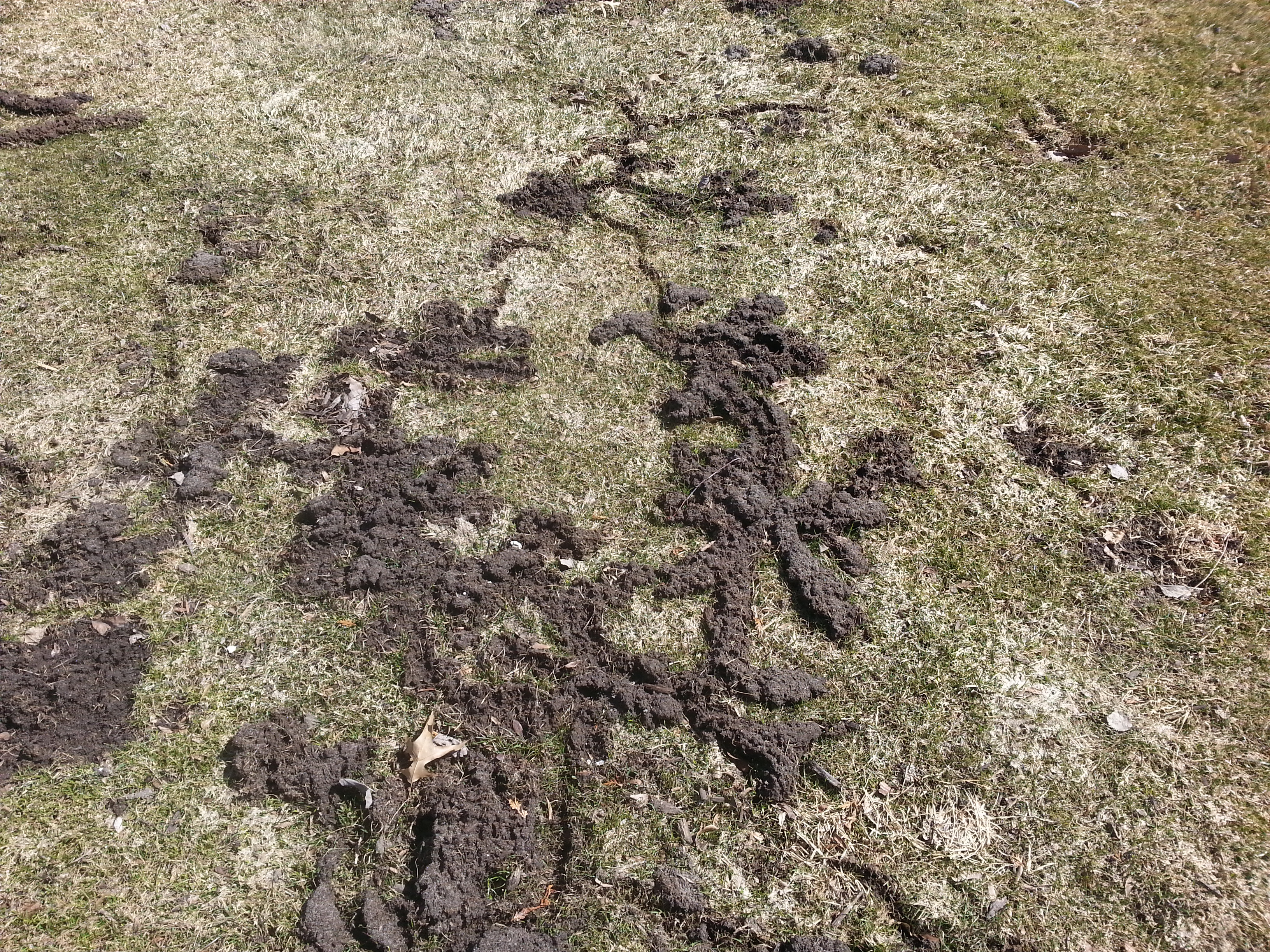Professional Techniques for Vole Control and Prevention
Professional Techniques for Vole Control and Prevention
Blog Article
Grasping Vole Parasite Control: Comprehensive Insights on Invasion Avoidance and Therapy Methods
By recognizing the refined signs of vole invasion early on, we can take positive actions to avoid widespread damages. In this conversation, we will check out the nuances of vole habits, delve into the identification of invasion indications, and uncover the most effective prevention and treatment methods.
Understanding Vole Actions
Examining the foraging patterns of voles supplies valuable understandings right into their actions and habitat preferences. By observing their foraging habits, scientists can gain a far better understanding of where voles favor to develop their habitats and the extent of their ecological impact.
Research study suggests that voles show selective feeding behaviors, liking tubers, origins, and seeds. This nutritional preference influences their foraging patterns, leading them to locations rich in plants and ground cover. In addition, voles are known to develop intricate tunnel systems for foraging and nesting functions, suggesting a high degree of flexibility to their environments.
Recognizing vole actions is vital for executing targeted pest control actions that interrupt their environment preferences and foraging activities (vole lawn damage). By researching their habits, specialists can create extra effective prevention and therapy techniques to take care of vole invasions

Identifying Signs of Vole Problem
Vole infestations can be detected by acknowledging particular indicators of their existence in a location. Among the most common signs of a vole infestation is the visibility of surface paths. Voles develop networks of narrow paths on the ground that are normally around 2 inches broad. These runways are typically discovered in verdant locations or below compost or ground cover where voles can move openly and look for food.
An additional vital indicator of vole invasion is the existence of small burrow openings in the ground. Furthermore, voles are recognized to leave behind chewed plant stems, origins, and bulbs near their burrow openings, suggesting their feeding task in the location.
Furthermore, vole droppings can additionally symbolize their existence. Vole droppings are small, brownish, and cylindrical in form, appearing like grains of rice. Finding these droppings along paths or near burrow openings can verify a vole infestation. By being vigilant for these indicators, homeowner can immediately resolve vole problems and protect against more damage.
Carrying Out Aggressive Prevention Procedures

Furthermore, employing natural vole deterrents like castor oil-based repellents or predator urine can act as reliable safety nets. It is also suggested to consistently evaluate outdoor spaces for any signs of vole activity, such as paths or burrow openings, to attend to possible invasions promptly. vole control. By adopting these proactive avoidance strategies, homeowner can considerably lower the chance of vole damages and preserve the health and aesthetics of their landscapes
Reliable Therapy Methods
Incorporating targeted trapping techniques and utilizing approved rodenticides are necessary components of efficient therapy approaches for managing vole invasions. this content Regular tracking and upkeep are likewise key aspects of effective treatment techniques to make certain that vole populaces are kept under control. By incorporating capturing, rodenticides, environment alteration, and regular tracking, reliable vole insect control can be accomplished.
Monitoring and Maintenance Tips
Routine surveillance permits for the early detection of vole activity, allowing punctual intervention prior to invasions get worse. To effectively keep track of vole populaces, tactically put traps can be used in vole runways or near burrow entries.
Furthermore, keeping a well-kept and tidy landscape is crucial in vole prevention. Cleaning away particles, such as piles of timber or thick vegetation, gets rid of prospective vole environments. On a regular basis mowing yards and cutting plants aids minimize vole hiding spots and lessens their access to food resources.
Furthermore, continuous maintenance of physical obstacles, such as fencings or cable mesh, is crucial to prevent vole invasion. Evaluating and repairing any kind of problems to these structures makes sure that vole control continues to be efficient in securing residential or commercial properties from infestations. By incorporating these monitoring and maintenance techniques into a comprehensive vole parasite control strategy, people can effectively manage vole populations and shield their residential or commercial try these out properties from damage.
Conclusion
To conclude, understanding vole parasite control calls for a solid understanding of vole habits, the ability to recognize signs of problem, implementing proactive avoidance procedures, reliable therapy methods, and constant monitoring and upkeep. By taking a comprehensive method to vole control, people can properly take care of and prevent infestations, inevitably securing their building and surrounding atmosphere from damage triggered by these tiny rats.
In this discussion, we will certainly discover the nuances of vole habits, dig right into the recognition of infestation signs, and reveal the most reliable prevention and therapy techniques.Including targeted trapping techniques and using approved rodenticides are necessary parts of effective treatment approaches for managing vole problems. To efficiently monitor vole populations, strategically placed catches can be utilized in vole runways or near burrow entrances. Evaluating and fixing any kind of problems to these structures guarantees that vole control continues to be efficient in protecting properties from problems. By incorporating these surveillance and upkeep practices right into a comprehensive vole bug control strategy, individuals can successfully manage vole populations and protect their properties from damages.
Report this page